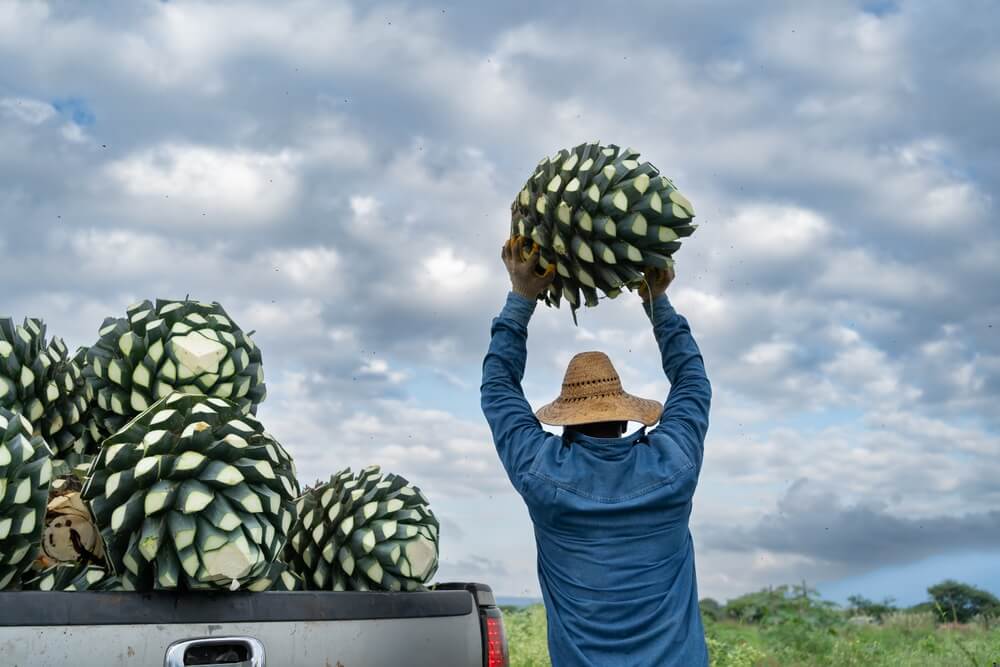We have put many of the serious health threats of Covid behind us, but the financial implications still linger. The funding gap to meet the UN Sustainable Development Goals widened during the pandemic to roughly $4 trillion a year. A vast majority of the funding is required in emerging markets.
We now have less than seven years to meet high-priority targets like ending hunger, achieving gender equality, and accelerating climate action.
While traditional investment channels are lagging in efforts to address the goals, products like sustainable and green bonds are products gaining traction and provide investors with the opportunity to deploy capital at scale into impactful SDG investments in emerging markets.
The market for green, social, sustainable and sustainability-linked bonds has been expanding at a rate of about 80% annually over the last decade, with growth accelerating in recent years. From $202 billion in 2017, issuance increased more than five-fold to almost $1.2 trillion in 2021. Today, the World Bank puts the market at $3.8 trillion.
Last year, for example, Uruguay issued a $1.5 billion sovereign sustainability-linked bond to finance its green transition, with its interest rate dependent on the country meeting targets related to greenhouse gas emissions and the preservation of native forests by 2025. Should Uruguay succeed, the debt coupon will step down by 15 basis points. Should it miss, the coupon will increase by 15%.
The offering was 2.6 times oversubscribed with many institutions drawn to invest in Uruguay’s debt for the first time.
Such forms of sustainability bonds can be used for specific environmental or social purposes by being tied to a specific project or set of initiatives. Or they can be used for broader purposes and commit companies and countries to more holistic targets and results.
Sustainable bonds come with increasingly stronger sets of reporting standards, as well as third party ratings that allow investors to evaluate the risks. Sustainability-linked bonds, in particular, represent a paradigm shift, reflecting how bonds are becoming more diversified and sophisticated as the market matures.
Sustainable bond momentum
While growth in the sustainability bond field has been rapid, the market is not without challenges. Amid more difficult market conditions, there have been signs of sustainable bond capital flows reversing, particularly in emerging markets. According to World Bank data, issuance declined by some 18% to $948 billion in 2022. Sovereign issuance in emerging markets – a good barometer for investor appetite in developing economies, declined by a third – declined almost twice the rate of the overall market to $21.6 billion. That means that at the end of 2022, sustainable bonds in emerging markets accounted for just 15% of global issuance.
The Impact Taskforce’s recent report, “State of Play 2023,” expands upon findings of the inaugural 2021 report which highlighted some of the barriers to investment in emerging markets. Prominent among those are real and perceived risks to investments and returns, lack of investment scale, and a thin pipeline of potential targets. The Global Steering Group for Impact Investment has been working with market builders and participants to address these challenges, highlight opportunities and solutions, and draw attention to the enormous potential in sustainable bonds.
Working with National Advisory Boards across GSG member countries, the United Nations Development Programme has built a platform to map Sustainable Development Goal-aligned opportunities across more than 30 emerging markets. Investors could, for example, can find a biomass investment opportunity that can improve energy security and sustainability in Sri Lanka and yield a 20-25% return. Or they could identify an investment in cold storage facilities and refrigerated transportation systems for Ghanaian farmers offering similar returns.
Additionally, our report, “Financing SDGs in emerging markets: the role of Green, Social, Sustainability and Sustainability-Linked (GSSS) Bonds,” shines a spotlight on the market and comes with a comprehensive set of recommendations for issuers, investors, development finance institutions, and policymakers to unlock this opportunity.
Development finance institutions, or DFIs in particular have an important role to play in mobilising private capital to sustainable bonds in emerging markets. Their anchor funding for new issuances can crowd in private investment, while their ability to offer credit guarantees or take first-loss positions can de-risk investments for more risk-averse institutions. DFIs also can use their experience to help issuers develop institutional products, and leverage their networks to link issuers to a wider group of investors.
Germany’s KfW Development Bank, France’s Agence Française de Développement Group, and Saudi Arabia’s Islamic Development Bank have been active in supporting the sustainable bond market. KfW’s backing for green bonds alone totaled more than $18.5 billion in 2021, according to Environmental Finance’s Sustainable Bonds Insight 2022.
More such institutions will have to lend their support in greater volume if more capital is to be unlocked for SDG-targeted investment.
Governments can also help unlock investment flows. In February, Latin American social enterprise Pro Mujer issued the first 100% gender-focused bond in Argentina, backed and guaranteed by leading domestic banks. The issuance was facilitated by a simplified public offering and reporting regime for social impact bonds, similar to the one in place for small and medium businesses, which will help thousands of underserved women improve their livelihoods with loans.
Standards for impact
Among the challenges to unlocking sustainable bond financing is instilling confidence in investments that purport to have sustainability aims. As the market for products with impact has grown, so have allegations of impact washing, as there is often not sufficient transparency or clear evidence to prove that proceeds have actually created the intended positive benefits.
Voluntary principles are emerging, including the UNDP SDG Impact Standards and SDG Impact Seal for companies and investors, as well as specific guidelines for bond issuers. These set a framework for organisations to embed the Sustainable Development Goals in their operations, and also provide a stamp of approval that can distinguish issuers, thereby strengthening impact integrity and trust among market participants.
Here governments can play a facilitating role through the development of strong and suitable regulation that ensures standards and the proper use of debt raised.
Sustainable bonds present a real and accessible route to channel investment at scale into emerging markets to solve the world’s most pressing challenges. For that to happen, all participants need to be aligned.
Investors need to better understand the opportunities available in emerging markets. To help mainstream the market, they should integrate sustainable bonds into their investment strategies, and actively engage with issuers pre- and post-issuance to leverage their position and ensure sustained impact. DFIs can support the market in providing anchor funding and de-risking instruments, as well as facilitating market connectivity.
For their part, issuers can embrace and structure sustainable bonds that can meet institutional investors’ needs and develop bond frameworks in line with existing international standards. Governments must adopt and enforce frameworks that support sustainable bond issuance, by reducing transaction costs through exemptions and subsidies, for example. Policymakers can also encourage the issuance of sovereign bonds by integrating them into national strategies.
Together we can put the world back on track to meet the Sustainable Development Goals. The clock is ticking.
Krisztina Tora is Chief Market Development Officer at the Global Steering Group for Impact Investment.











